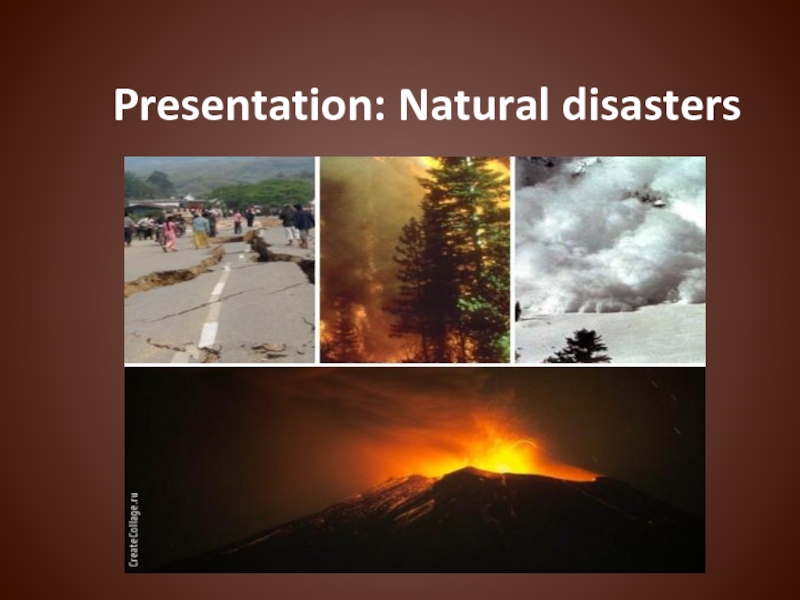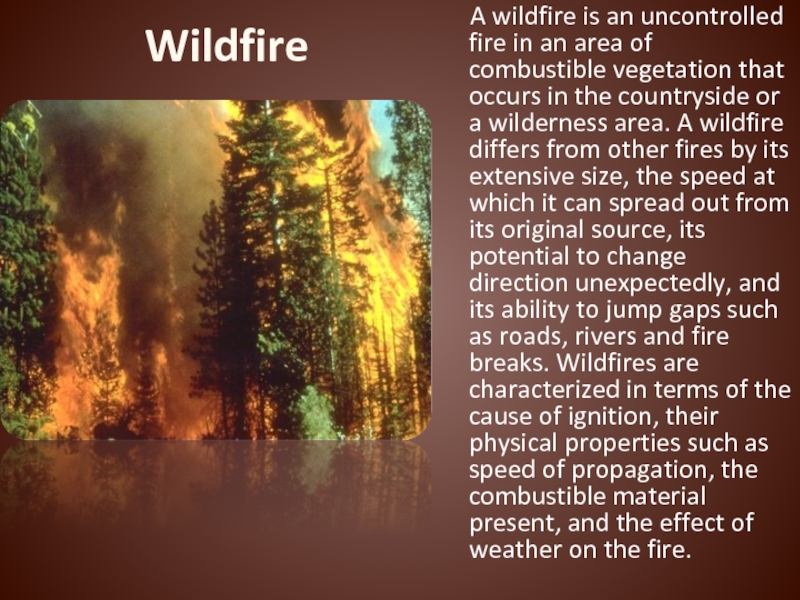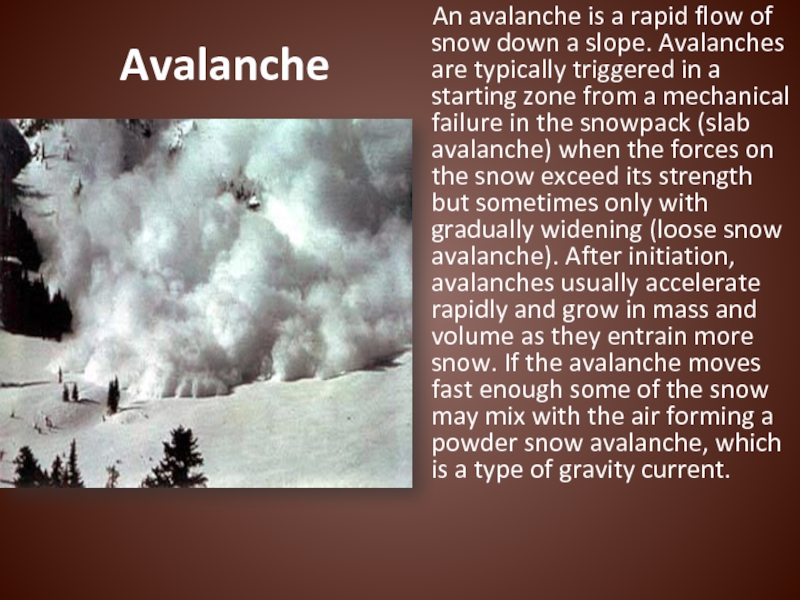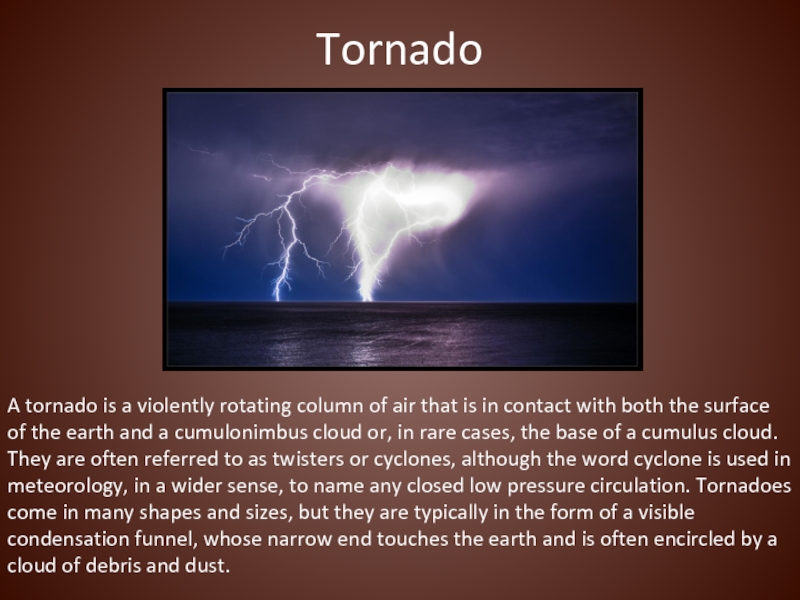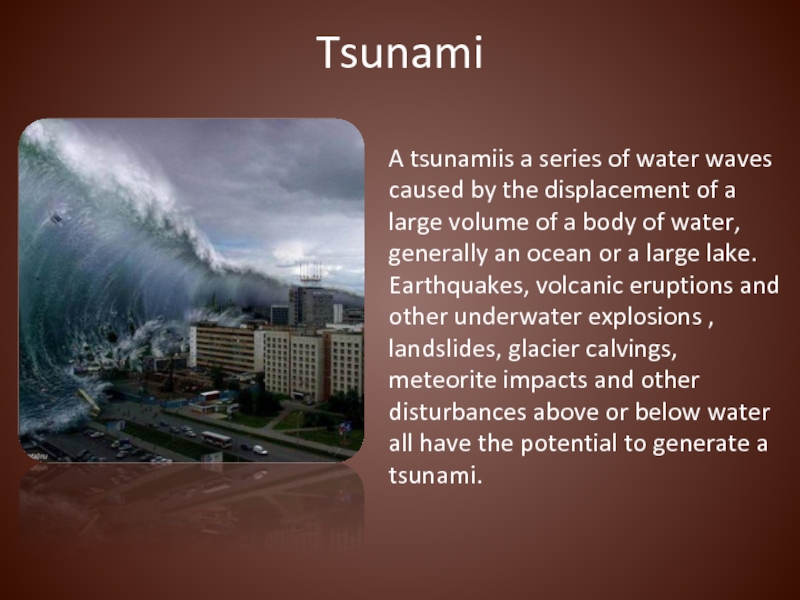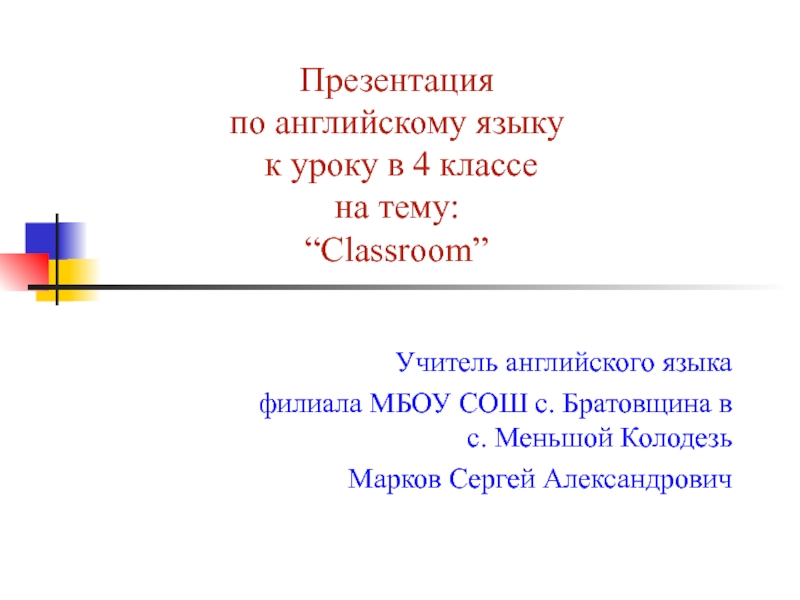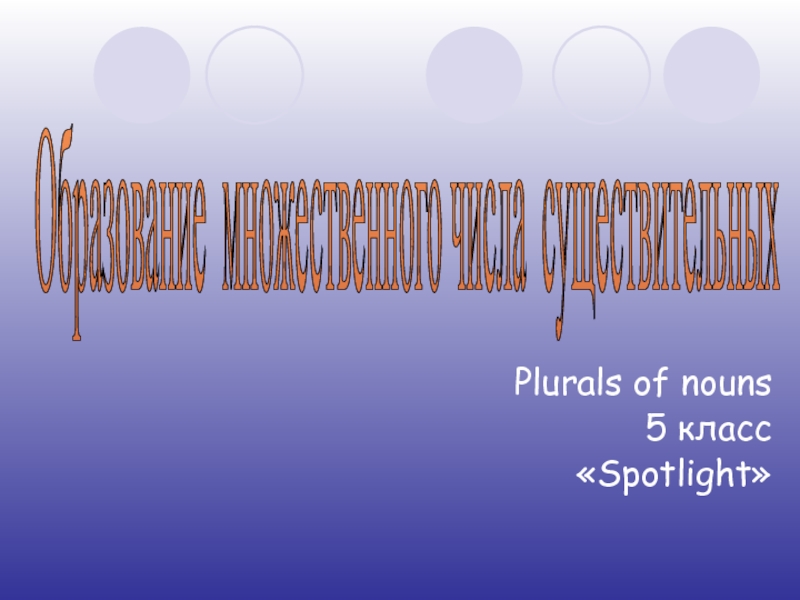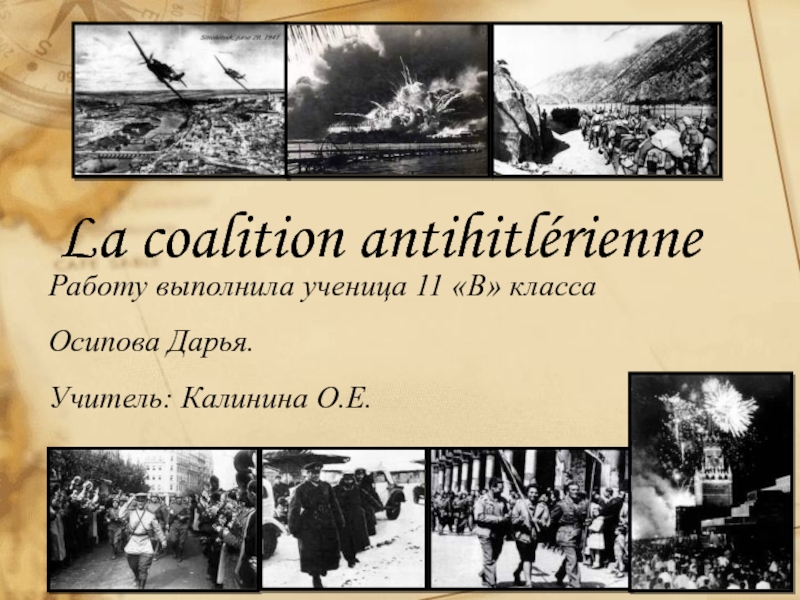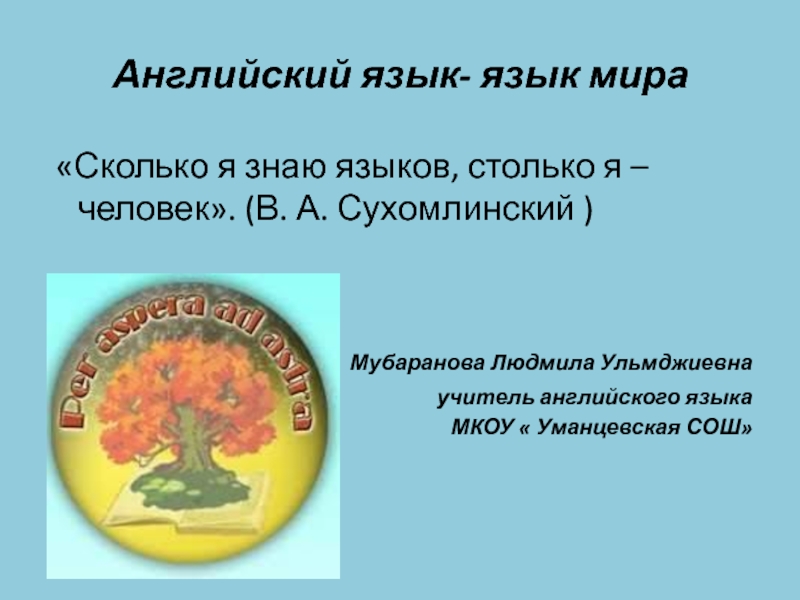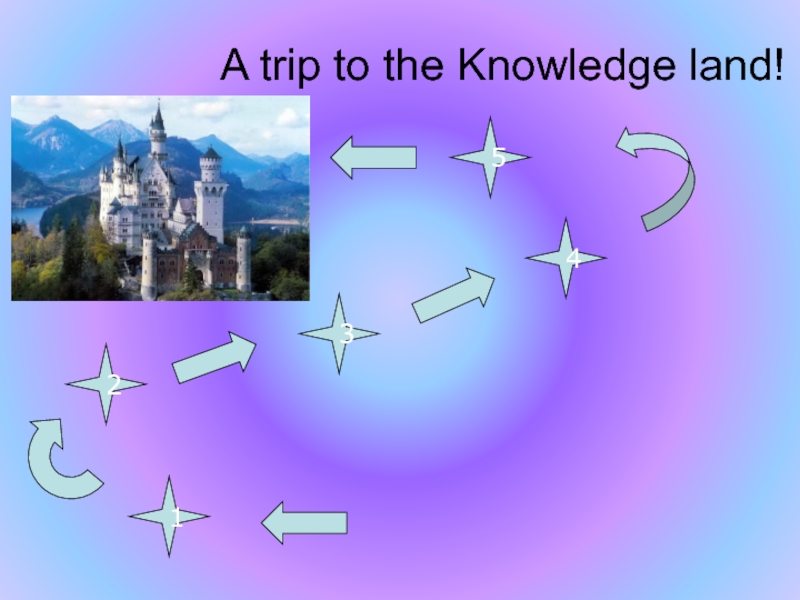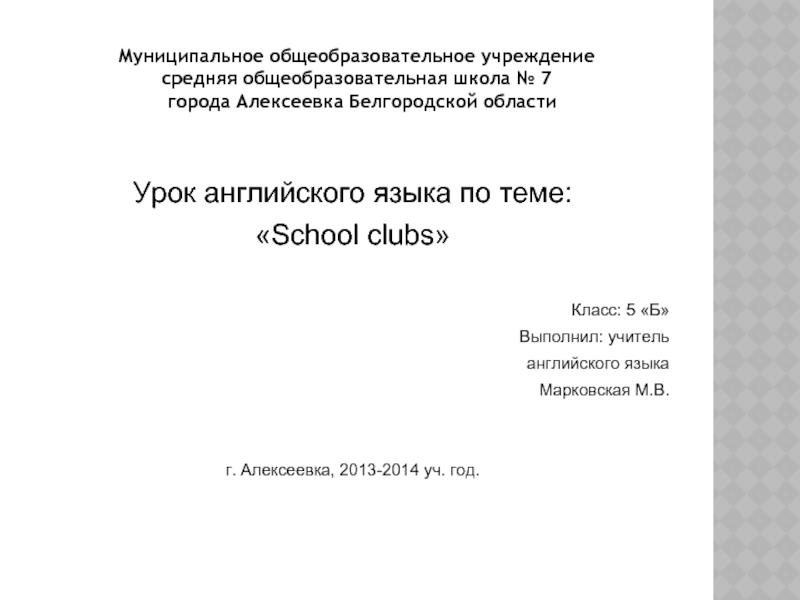Разделы презентаций
- Разное
- Английский язык
- Астрономия
- Алгебра
- Биология
- География
- Геометрия
- Детские презентации
- Информатика
- История
- Литература
- Математика
- Медицина
- Менеджмент
- Музыка
- МХК
- Немецкий язык
- ОБЖ
- Обществознание
- Окружающий мир
- Педагогика
- Русский язык
- Технология
- Физика
- Философия
- Химия
- Шаблоны, картинки для презентаций
- Экология
- Экономика
- Юриспруденция
Presentation: Natural disasters
Содержание
- 1. Presentation: Natural disasters
- 2. Wildfire
- 3. Avalanche An avalanche is a
- 4. Sukhovey Relative humidity is less
- 5. Vulcanian eruption Vulcanian eruptions display several
- 6. TornadoA tornado is a violently rotating column
- 7. TsunamiA tsunamiis a series of water waves
- 8. Earthquake An earthquak is the
- 9. Thank you for viewing)
- 10. Скачать презентанцию
Wildfire A wildfire is an uncontrolled fire in an area of combustible vegetation that occurs in the countryside or a wilderness area. A wildfire
Слайды и текст этой презентации
Слайд 3Avalanche
An avalanche is a rapid flow of
snow down a slope. Avalanches are typically triggered in a
starting zone from a mechanical failure in the snowpack (slab avalanche) when the forces on the snow exceed its strength but sometimes only with gradually widening (loose snow avalanche). After initiation, avalanches usually accelerate rapidly and grow in mass and volume as they entrain more snow. If the avalanche moves fast enough some of the snow may mix with the air forming a powder snow avalanche, which is a type of gravity current.Слайд 4Sukhovey
Relative humidity is less than 30%. Sukhovey
emanates from the periphery of anticyclones in summer predominantly with
the intrusion of the tropical masses of air . At a high air temperature (20-25°C and above) the sukhovey causes strongly increasing evaporation from the soils.The low mobility of anticyclones causes the steady duration of the sukhovey over several days, which with the insufficient soil moisture causes drought, spoiling of the harvests of cereal and fruit crops, loss of plants. The warm and dry air masses originate above the deserts of Africa, Asia Minor, and also in South Kazakhstan, and with them sukhoveys are extended to the wooded plains of Russia and Kazakhstan, but more frequently they invade the semi-deserts and the steppes.
Слайд 5Vulcanian eruption
Vulcanian eruptions display several common characteristics. The
mass of rock ejected during the eruption is usually between
102 - 106 tonnes and contains a high proportion of non-juvinial material . During active periods of volcanic activity, intervals between explosions vary from less than 1 minute to about a day.Слайд 6Tornado
A tornado is a violently rotating column of air that
is in contact with both the surface of the earth
and a cumulonimbus cloud or, in rare cases, the base of a cumulus cloud. They are often referred to as twisters or cyclones, although the word cyclone is used in meteorology, in a wider sense, to name any closed low pressure circulation. Tornadoes come in many shapes and sizes, but they are typically in the form of a visible condensation funnel, whose narrow end touches the earth and is often encircled by a cloud of debris and dust.Слайд 7Tsunami
A tsunamiis a series of water waves caused by the
displacement of a large volume of a body of water,
generally an ocean or a large lake. Earthquakes, volcanic eruptions and other underwater explosions , landslides, glacier calvings, meteorite impacts and other disturbances above or below water all have the potential to generate a tsunami.Слайд 8Earthquake
An earthquak is the result of a
sudden release of energy in the Earth's crust that creates
seismic waves. The seismicity, seismic or seismic activity of an area refers to the frequency, type and size of earthquakes experienced over a period of time.Earthquakes are measured using observations from seismometers. The moment magnitude is the most common scale on which earthquakes larger than approximately 5 are reported for the entire globe.
